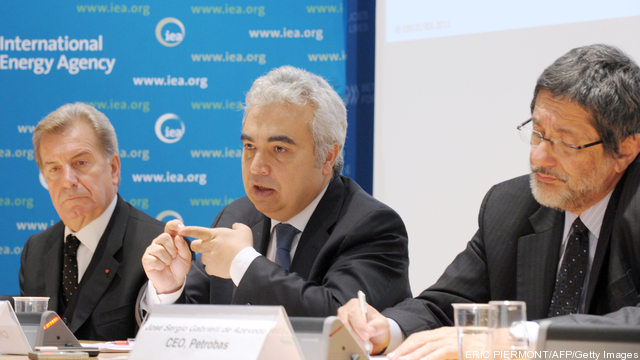
Chinese companies continue to “overpay wildly” for foreign energy investments but still can’t keep pace with growing consumption in China’s subsidized domestic market, Derek Scissors of the Heritage Foundation told the China Environment Forum in Washington last week.
Fuel prices are controlled and kept well below market in China, he said, so Chinese companies end up selling oil and gas into international markets whenever possible rather than sending the resources home. The government is promising reform but has set no schedule. Keep reading →









